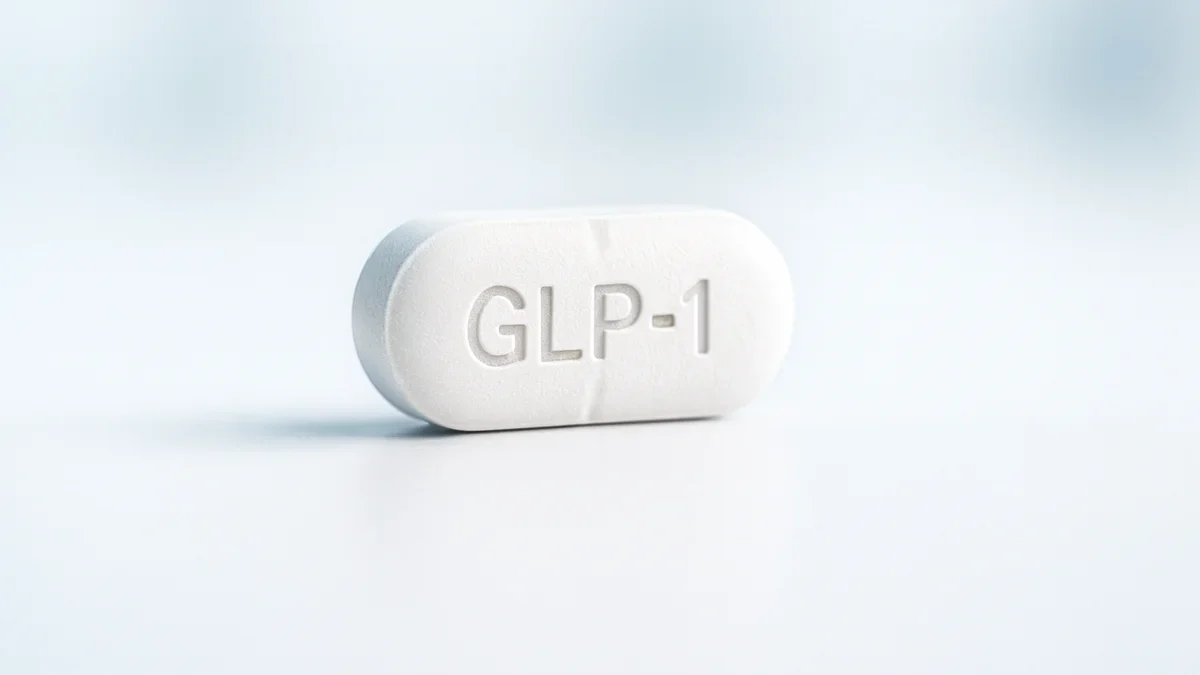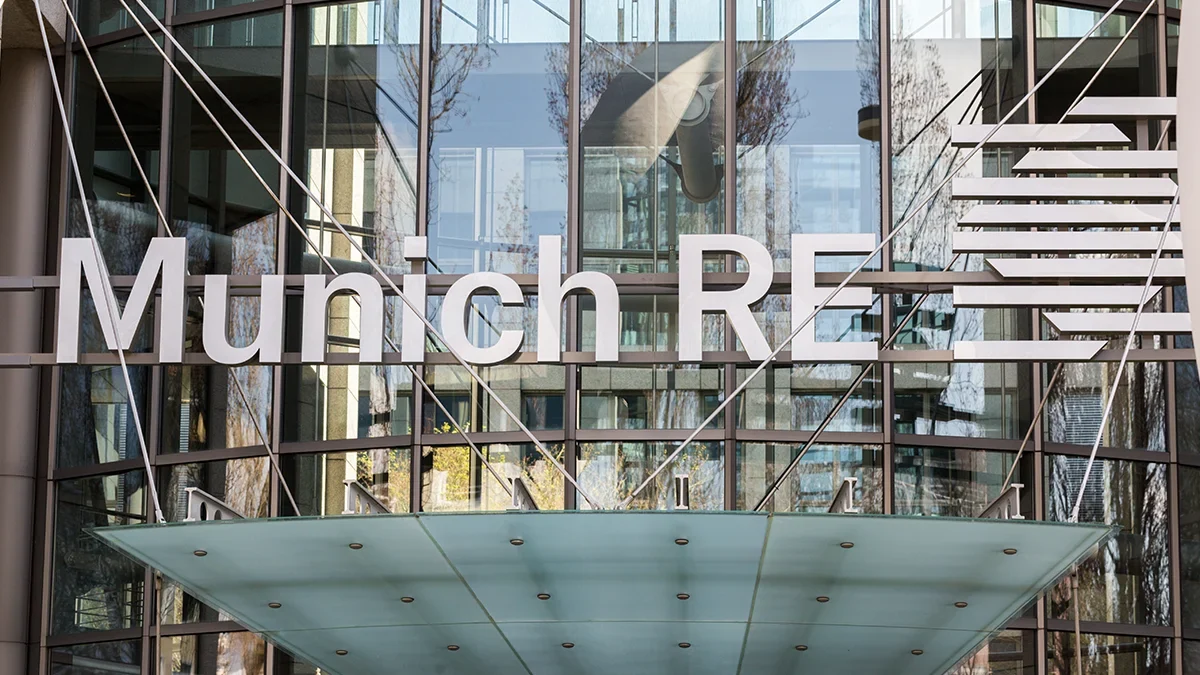AM Best has downgraded the Financial Strength Rating (FSR) and Long-Term Issuer Credit Rating of New Zealand-based health insurer Accuro Health Insurance (Accuro). The ratings have been revised to B (Fair) and “bb” (Fair), respectively, from B+ (Good) and “bbb-” (Good). The outlooks of these Credit Ratings have been revised to stable from negative.
The rating downgrades reflect a deterioration of Accuro’s balance sheet fundamentals. The company’s risk-adjusted capitalisation for the fiscal year ended 31 August 2022 fell to adequate from strong at the previous year’s end.
The company has also undertaken a substantial investment to upgrade its policy administration system in recent years, which gave rise to material intangible assets relative to its capital base of NZD 11.8 million as of 31 August 2022. Accuro’s prospective capital adequacy is highly sensitive to changes in the development and implementation costs arising from this infrastructure investment and variations in future earnings.
It’s expected that Accuro’s regulatory solvency position will remain appropriate. However, the company is expected to record a weaker solvency position than previously indicated at fiscal year-end 2023, due to a cyber incident that adversely impacted its cashflow position.
Accuro’s operating performance is considered adequate with a five-year average return-on-equity ratio of 5.6% (fiscal years 2018-2022). The company’s combined ratio has typically tracked at the break-even level, reflective of Accuro’s status as a not-for-profit organisation that provides health insurance in New Zealand.
In fiscal year 2022, Accuro recorded a favourable return-on-equity ratio of 15.1%, primarily as a result of a fall in claims frequency due to the impact of the COVID-19 pandemic.
Outlook
AM Best considers Accuro’s financial flexibility limited, given its status as a member-owned organisation. The insurer’s risk-adjusted capitalisation is expected to fall to the ‘weak’ level over the near term, primarily due to underwriting growth outpacing the growth in tangible capital.
























